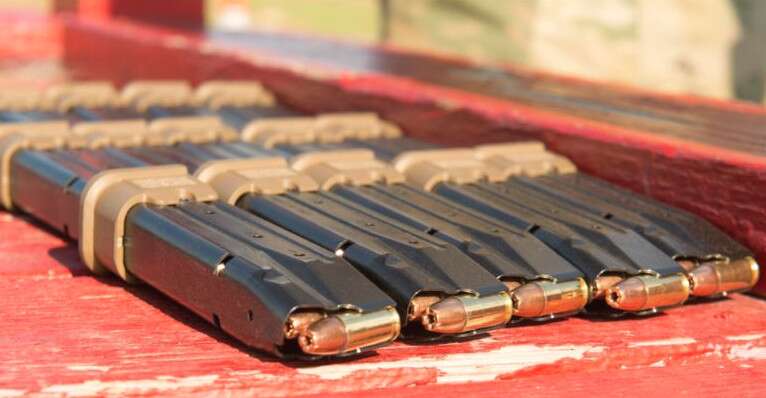Looks like they might have jumped on that decision too soon?
he U.S. Army’s decision to select two versions of Sig Sauer’s 9mm P320 pistol as the new standard sidearms across the service was not without controversy, including a formal protest by competing gun maker Glock, which claimed the service didn’t complete certain critical tests. The Pentagon recently released a report that shows testing of the M17 and M18 handguns exposed a number of significant and persistent deficiencies, including firing accidentally if a shooter dropped the gun, ejecting live ammunition, and low reliability with traditional “ball” cartridges with bullets enclosed inside a full metal jacket.
These and other details were in the Pentagon’s Office of the Director of Operational Test and Evaluation review of such work during the 2017 fiscal year, which it published earlier in January 2018. This regular report covers a wide variety of high profile weapon systems and other important equipment across the U.S. military, including the Army’s Modular Handgun System (MHS) program. In January 2017, the Army chose Sig Sauer to supply a total more than 300,000 of the full size M17 and compact M18 pistols as part of that project, a deal worth approximately $580 million. The other U.S. military services are now considering following suit and adopting the guns and the company is making essentially the same gun available to civilian shooters as well.

Members of the US Army’s 3rd Cavalry Regiment train with their M17s in January 2018.
It’s worth noting that in August 2017, Sig Sauer issued a voluntary recall for other P320 pistols due to the same issue, but implied in their press release that shooters had dropped the weapons in an excessive manner “beyond U.S. standards for safety.” That statement also stressed that Army’s new guns wouldn’t need the replacement parts, but declined to mention that this was because they already had them, leaving open the interpretation that they never needed the update in the first place.
More worryingly, the Pentagon’s top testing office said that during further tests, the trigger assemblies in two pistols had splintered apart and this was potentially the result of the drop fix, presenting an entirely new issue. As of September 2017, the recommendation was to “work with the vendor to identify and eliminate cause of variability in the manufacture of the trigger group mechanism.”
Testing also revealed that the handguns had a propensity to eject a live round along with the empty cartridge case during normal functioning. There was no indication that this issue caused any malfunctions, such as “stove-piping,” which generally involves empty casing ending up jammed in place, typically sticking up from the ejection port.
The video below shows a stove pipe malfunction in a Glock handgun and a process for clearing the jam.
This wasn’t the only ammunition related issue, though. In tests, the M17 and M18 worked just fine with the Army’s new XM1153 “special purpose” cartridge, a hollow point round. They did not function reliably with the companion XM1152, a standard “ball” round with a bullet fully enclosed within a copper jacket.

M17 magazines loaded with XM1153 hollow points during a test.
The Army had a requirement for the new pistols to be able to shoot 2,000 rounds straight without a stoppage at least 95 percent of the time on average. The service defined a stoppage as any instance in which the guns stopped functioning normally, but where the user could get the weapon running again without the need for tools or replacement parts.
With the XM1153 hollow point, the M17 hit the 95 percent reliability mark, while the M18 managed just slightly better at 96 percent. But when troops loaded up magazines with the XM1152, the results were dismal. The full-size gun had only a 75 percent probability of functioning properly, while the compact version was barely over 60 percent.
The report does not say why this might have occurred and it’s not clear what the Army was doing to correct the issue. The problems had appeared during the Product Verification Tests and the service simply opted to conduct operational testing and evaluation with the special purpose cartridge only. This in turn suggests that troops getting the pistols will receive the hollow points as their standard round, a significant change from previous doctrine.
There is a possible international law issue, as well. The Hague Convention of 1899, an agreement that the United States abides by, bans any bullet that has features that cause it to deliberately expand from combat use. The U.S. military has previously said that types with an open tip to improve accuracy aren’t subject to the restrictions because expansion is not the primary purpose of the design, but it has generally limited the issue of actual hollow points to its internal law enforcement arms.
It has also made the argument that those rounds are legal for combat use when there is a “clear military necessity.” Some special operations forces already issue hollow point pistol rounds for specific combat missions with this justification in mind.
The Army began…


